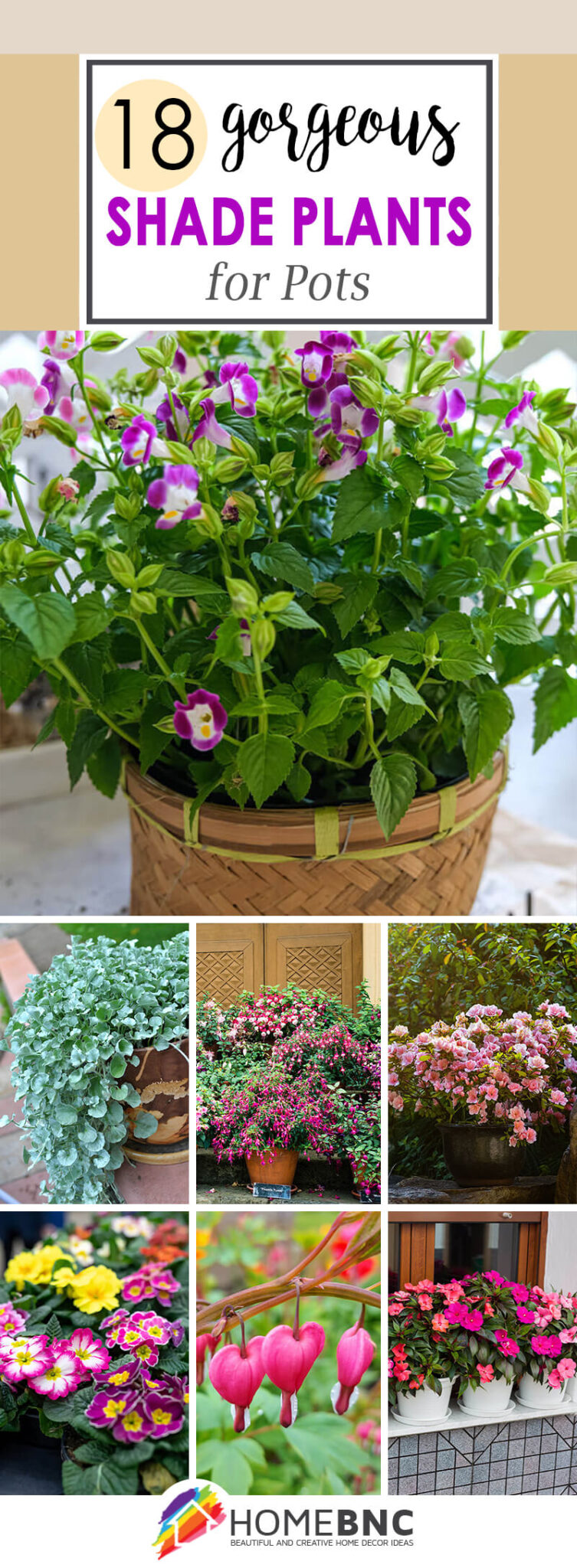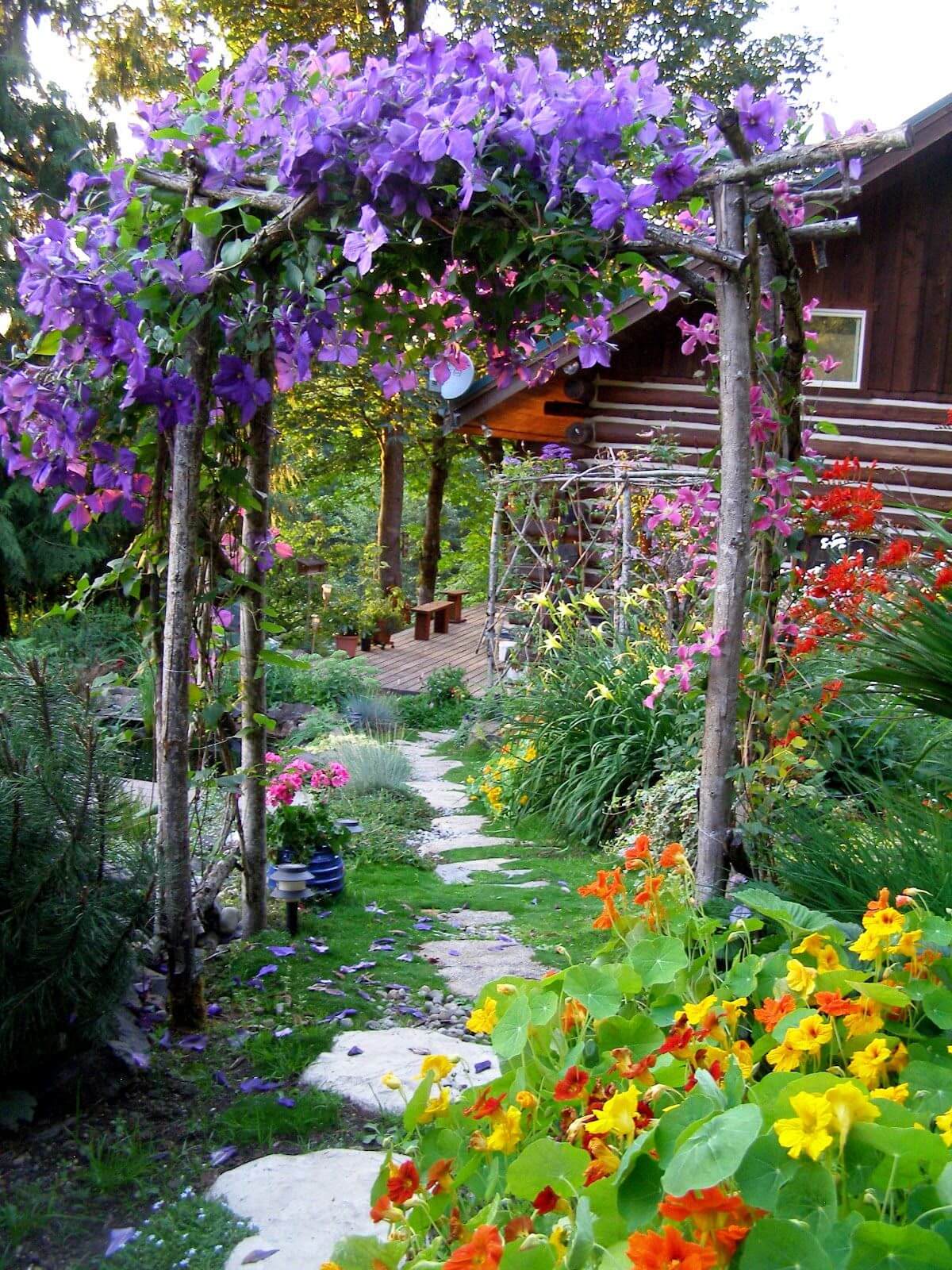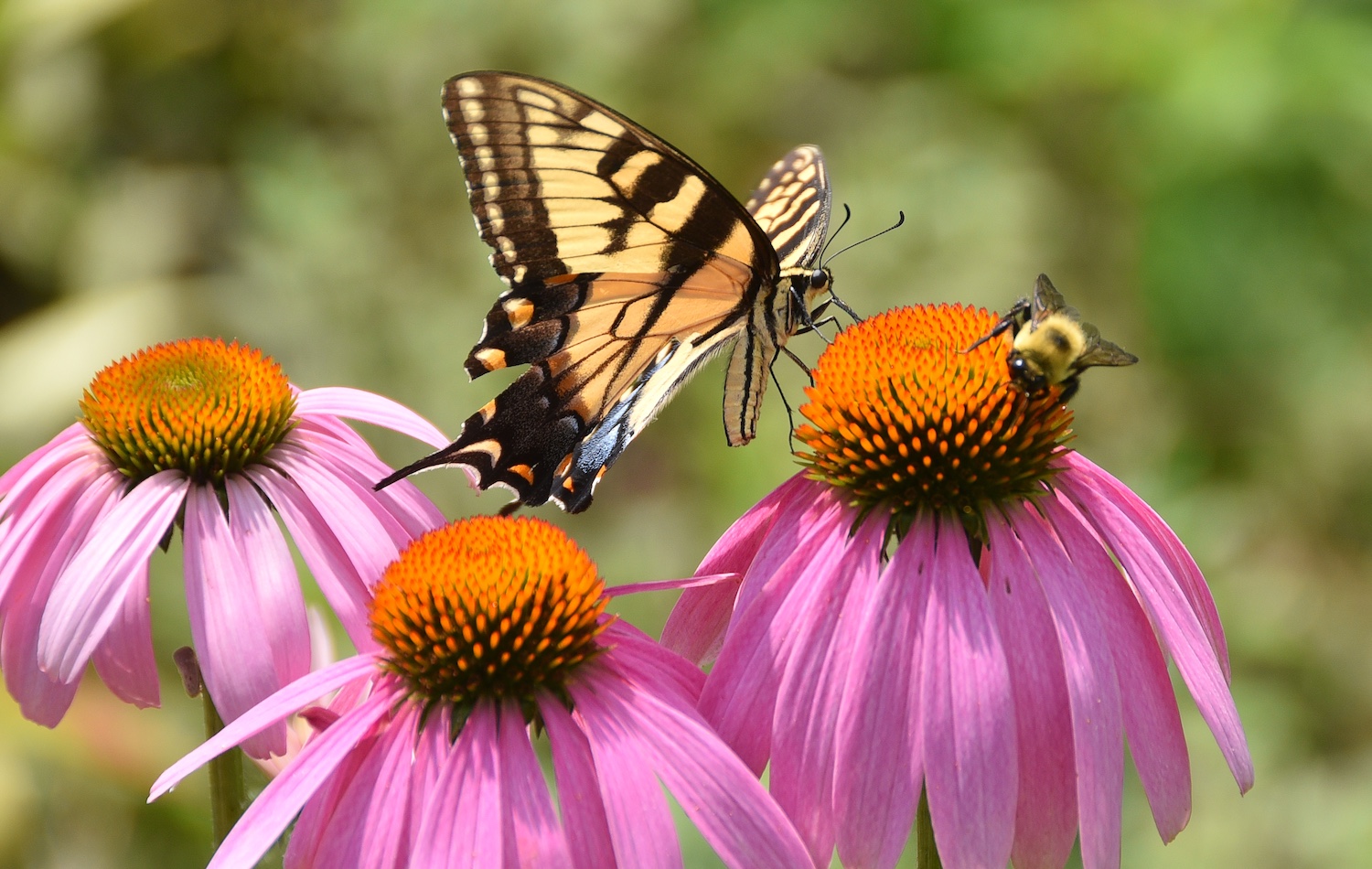How to Choose the Perfect Shade Plants for Your Garden
When it comes to selecting the right shade plants for your garden, there are several factors to consider. Climate, soil type, and level of sunlight are all crucial in determining which plants will thrive in your garden. By taking the time to assess your garden’s conditions and choosing plants that are well-suited to those conditions, you can create a beautiful and sustainable garden that requires less maintenance and care.
One of the most important factors to consider when choosing shade plants is the level of sunlight your garden receives. While some shade plants can tolerate full sun, others prefer partial or full shade. By understanding the amount of sunlight your garden receives, you can choose plants that are adapted to those conditions. For example, if your garden receives partial shade, you may want to consider plants like impatiens or coleus, which thrive in conditions with dappled sunlight.
Soil type is another critical factor to consider when choosing shade plants. Different plants have different soil requirements, and choosing plants that are adapted to your garden’s soil type can help ensure their success. For example, if your garden has acidic soil, you may want to consider plants like azaleas or rhododendrons, which thrive in acidic conditions.
Plant size and growth habits are also important considerations when choosing shade plants. By choosing plants that are well-suited to your garden’s space and style, you can create a beautiful and cohesive garden. For example, if you have a small garden, you may want to consider compact or dwarf varieties of shade plants, which can add color and texture without overwhelming the space.
Moisture requirements are also an important consideration when choosing shade plants. Some shade plants prefer dry soil, while others prefer moist soil. By understanding the moisture requirements of your shade plants, you can ensure they receive the right amount of water and thrive in your garden.
By considering these factors and choosing the right shade plants for your garden, you can create a beautiful and sustainable garden that requires less maintenance and care. Whether you’re looking to add color and texture to a shady spot or create a low-maintenance garden, shade plants are a great option.
Top Shade-Tolerant Plants for Different Levels of Sunlight
When it comes to choosing shade-tolerant plants, it’s essential to consider the level of sunlight your garden receives. Different plants thrive in different levels of sunlight, and selecting the right plants for your garden’s conditions can make all the difference. Here, we’ll explore some top shade-tolerant plants that thrive in different levels of sunlight, from partial shade to full shade.
Partial Shade (4-6 hours of direct sunlight): For gardens that receive partial shade, consider plants like impatiens, coleus, and begonias. These plants thrive in conditions with dappled sunlight and can add a pop of color to your garden. Impatiens, for example, come in a variety of colors and can grow up to 2 feet tall, making them a great choice for adding height and texture to your garden.
Medium Shade (2-4 hours of direct sunlight): For gardens that receive medium shade, consider plants like hostas, ferns, and astilbe. These plants prefer conditions with filtered sunlight and can add a touch of elegance to your garden. Hostas, for example, come in a range of sizes and can grow up to 3 feet tall, making them a great choice for adding texture and interest to your garden.
Full Shade (less than 2 hours of direct sunlight): For gardens that receive full shade, consider plants like ajuga, vinca minor, and lamium. These plants thrive in conditions with minimal sunlight and can add a touch of color and texture to your garden. Ajuga, for example, is a low-growing, spreading plant that can form a dense mat of foliage, making it a great choice for adding groundcover to your garden.
When choosing shade-tolerant plants, it’s also essential to consider factors like soil type, moisture requirements, and growth habits. By selecting plants that are well-suited to your garden’s conditions, you can create a beautiful and sustainable garden that requires less maintenance and care.
So, what plants do good in shade? The answer is simple: a wide variety of plants can thrive in shady conditions. By considering the level of sunlight your garden receives and selecting plants that are well-suited to those conditions, you can create a beautiful and sustainable garden that requires less maintenance and care.
Shade Plants for Specific Garden Styles: Cottage, Modern, and More
When it comes to choosing shade plants, it’s not just about selecting plants that thrive in shady conditions. It’s also about choosing plants that complement your garden’s style and aesthetic. Whether you have a cottage garden, a modern garden, or a woodland garden, there are shade plants that can add texture, color, and interest to your outdoor space.
Cottage Gardens: For a charming and whimsical cottage garden, consider shade plants like foxgloves, delphiniums, and hollyhocks. These plants add a touch of elegance and sophistication to your garden, and their tall, stately growth habits make them perfect for adding height and texture to your garden.
Modern Gardens: For a modern garden with clean lines and minimal ornamentation, consider shade plants like succulents, sedums, and creeping thyme. These plants are perfect for adding a touch of greenery to your garden without overwhelming the space. Plus, their low-maintenance requirements make them perfect for busy gardeners.
Woodland Gardens: For a woodland garden with a natural, rustic aesthetic, consider shade plants like ferns, hostas, and astilbe. These plants thrive in shady conditions and add a touch of texture and interest to your garden. Plus, their natural, organic growth habits make them perfect for creating a sense of depth and layering in your garden.
Other Garden Styles: Of course, these are just a few examples of garden styles that can benefit from shade plants. Whether you have a Japanese garden, a Mediterranean garden, or a tropical garden, there are shade plants that can add beauty and interest to your outdoor space.
When choosing shade plants for your garden, remember to consider factors like soil type, moisture requirements, and growth habits. By selecting plants that are well-suited to your garden’s conditions, you can create a beautiful and sustainable garden that requires less maintenance and care.
So, what plants do good in shade? The answer is simple: a wide variety of plants can thrive in shady conditions. By choosing plants that complement your garden’s style and aesthetic, you can add texture, color, and interest to your outdoor space.
Shade Plants that Attract Pollinators and Wildlife
When it comes to creating a sustainable and biodiverse garden, incorporating shade plants that attract pollinators and wildlife is essential. These plants provide nectar, pollen, and shelter for beneficial insects and animals, supporting the local ecosystem and promoting a healthy environment.
One of the most important benefits of shade plants that attract pollinators and wildlife is their ability to support local bee populations. Bees are essential for pollination, and by incorporating plants that provide nectar and pollen, you can help support these vital insects. Consider plants like astilbe, coral bells, and foamflower, which are all rich in nectar and pollen.
In addition to supporting bees, shade plants that attract pollinators and wildlife can also provide shelter and habitat for other beneficial insects and animals. For example, plants like ferns and hostas provide shelter for beneficial insects like ladybugs and lacewings, while plants like coneflowers and black-eyed susans provide habitat for butterflies and hummingbirds.
When choosing shade plants that attract pollinators and wildlife, consider the specific needs of the plants and the animals they support. For example, plants that provide nectar and pollen for bees should be planted in areas that receive partial shade to full sun, while plants that provide shelter for beneficial insects should be planted in areas with dense foliage.
Some popular shade plants that attract pollinators and wildlife include:
- Astilbe: A flowering plant that provides nectar and pollen for bees and butterflies.
- Coral bells: A flowering plant that provides nectar and pollen for hummingbirds and bees.
- Foamflower: A flowering plant that provides nectar and pollen for bees and butterflies.
- Ferns: A foliage plant that provides shelter for beneficial insects like ladybugs and lacewings.
- Hostas: A foliage plant that provides shelter for beneficial insects like ladybugs and lacewings.
By incorporating shade plants that attract pollinators and wildlife into your garden, you can create a sustainable and biodiverse environment that supports the local ecosystem and promotes a healthy environment.
Low-Maintenance Shade Plants for Busy Gardeners
For busy gardeners, finding shade plants that require minimal maintenance and care can be a challenge. However, there are many shade plants that are perfect for busy gardeners, requiring less water, pruning, and fertilization. These plants are not only low-maintenance but also drought-tolerant, disease-resistant, and easy to propagate.
One of the best low-maintenance shade plants for busy gardeners is the Pothos (Epipremnum aureum). This plant is known for its ability to thrive in low-light conditions and can survive with minimal watering. It’s also a great air purifier, making it a popular choice for indoor spaces.
Another low-maintenance shade plant is the Snake Plant (Sansevieria Trifasciata). This plant is known for its ability to purify the air and thrive in low-light conditions. It’s also low-maintenance and can survive with minimal watering, making it a great choice for busy gardeners.
The ZZ Plant (Zamioculcas zamiifolia) is another low-maintenance shade plant that’s perfect for busy gardeners. This plant is known for its ability to thrive in low-light conditions and can survive with minimal watering. It’s also a great air purifier, making it a popular choice for indoor spaces.
Other low-maintenance shade plants for busy gardeners include:
- Peace Lily (Spathiphyllum wallisii): A flowering plant that thrives in low-light conditions and requires minimal watering.
- Dracaena (Dracaena spp.): A versatile plant that can thrive in low-light conditions and requires minimal watering.
- Philodendron (Philodendron spp.): A low-maintenance plant that can thrive in low-light conditions and requires minimal watering.
When choosing low-maintenance shade plants, consider the specific needs of the plant and the amount of time you have to devote to maintenance. By selecting plants that are well-suited to your lifestyle, you can create a beautiful and thriving garden that requires minimal maintenance and care.
Shade Plants for Containers and Indoor Spaces
Shade plants are not just limited to outdoor gardens. They can also thrive in containers and indoor spaces, adding a touch of greenery to patios, balconies, and indoor rooms. When choosing shade plants for containers and indoor spaces, consider the specific needs of the plant and the amount of light it will receive.
One of the best shade plants for containers is the Chinese Evergreen (Aglaonema modestum). This plant is known for its ability to thrive in low-light conditions and can survive with minimal watering. It’s also a great air purifier, making it a popular choice for indoor spaces.
Another shade plant that does well in containers is the Pothos (Epipremnum aureum). This plant is known for its ability to thrive in low-light conditions and can survive with minimal watering. It’s also a great air purifier, making it a popular choice for indoor spaces.
For indoor spaces, consider the Snake Plant (Sansevieria Trifasciata). This plant is known for its ability to purify the air and thrive in low-light conditions. It’s also low-maintenance and can survive with minimal watering, making it a great choice for busy gardeners.
Other shade plants that do well in containers and indoor spaces include:
- Peace Lily (Spathiphyllum wallisii): A flowering plant that thrives in low-light conditions and requires minimal watering.
- Dracaena (Dracaena spp.): A versatile plant that can thrive in low-light conditions and requires minimal watering.
- Philodendron (Philodendron spp.): A low-maintenance plant that can thrive in low-light conditions and requires minimal watering.
When growing shade plants in containers and indoor spaces, make sure to provide them with the right amount of light and water. Most shade plants prefer bright, indirect light and consistent moisture. Avoid overwatering, as this can lead to root rot and other problems.
Common Mistakes to Avoid When Growing Shade Plants
When growing shade plants, it’s essential to avoid common mistakes that can lead to poor plant growth, disease, and pest infestations. By understanding these mistakes, you can take steps to prevent them and ensure healthy plant growth.
One of the most common mistakes to avoid when growing shade plants is overwatering. Shade plants are often more susceptible to root rot and other problems when the soil is too wet. To avoid overwatering, make sure to check the soil moisture regularly and only water when necessary.
Another mistake to avoid is underwatering. While shade plants may not require as much water as plants in full sun, they still need consistent moisture to thrive. Make sure to water your shade plants regularly, but avoid getting the leaves wet to prevent fungal diseases.
Inadequate soil preparation is another common mistake to avoid when growing shade plants. Shade plants prefer well-draining soil that is rich in organic matter. To ensure healthy plant growth, make sure to prepare the soil properly before planting by adding compost or other organic matter.
Other common mistakes to avoid when growing shade plants include:
- Not providing enough light: While shade plants can tolerate low light conditions, they still need some light to photosynthesize and grow. Make sure to provide your shade plants with the right amount of light for their specific needs.
- Not fertilizing regularly: Shade plants may not require as much fertilizer as plants in full sun, but they still need regular fertilization to thrive. Make sure to fertilize your shade plants regularly, but avoid overfertilizing, which can lead to weak and leggy growth.
- Not pruning regularly: Pruning is essential for maintaining the shape and size of shade plants. Make sure to prune your shade plants regularly to promote healthy growth and prevent disease.
By avoiding these common mistakes, you can ensure healthy plant growth and enjoy the benefits of shade plants in your garden.
Common Mistakes to Avoid When Growing Shade Plants
When growing shade plants, it’s essential to avoid common mistakes that can lead to poor plant growth, disease, and pest infestations. By understanding these mistakes, you can take steps to prevent them and ensure healthy plant growth.
One of the most common mistakes to avoid when growing shade plants is overwatering. Shade plants are often more susceptible to root rot and other problems when the soil is too wet. To avoid overwatering, make sure to check the soil moisture regularly and only water when necessary.
Another mistake to avoid is underwatering. While shade plants may not require as much water as plants in full sun, they still need consistent moisture to thrive. Make sure to water your shade plants regularly, but avoid getting the leaves wet to prevent fungal diseases.
Inadequate soil preparation is another common mistake to avoid when growing shade plants. Shade plants prefer well-draining soil that is rich in organic matter. To ensure healthy plant growth, make sure to prepare the soil properly before planting by adding compost or other organic matter.
Other common mistakes to avoid when growing shade plants include:
- Not providing enough light: While shade plants can tolerate low light conditions, they still need some light to photosynthesize and grow. Make sure to provide your shade plants with the right amount of light for their specific needs.
- Not fertilizing regularly: Shade plants may not require as much fertilizer as plants in full sun, but they still need regular fertilization to thrive. Make sure to fertilize your shade plants regularly, but avoid overfertilizing, which can lead to weak and leggy growth.
- Not pruning regularly: Pruning is essential for maintaining the shape and size of shade plants. Make sure to prune your shade plants regularly to promote healthy growth and prevent disease.
By avoiding these common mistakes, you can ensure healthy plant growth and enjoy the benefits of shade plants in your garden. So, what plants do good in shade? The answer is simple: a wide variety of plants can thrive in shady conditions. By choosing the right plants for your garden, you can create a beautiful and sustainable garden that requires less maintenance and care.






